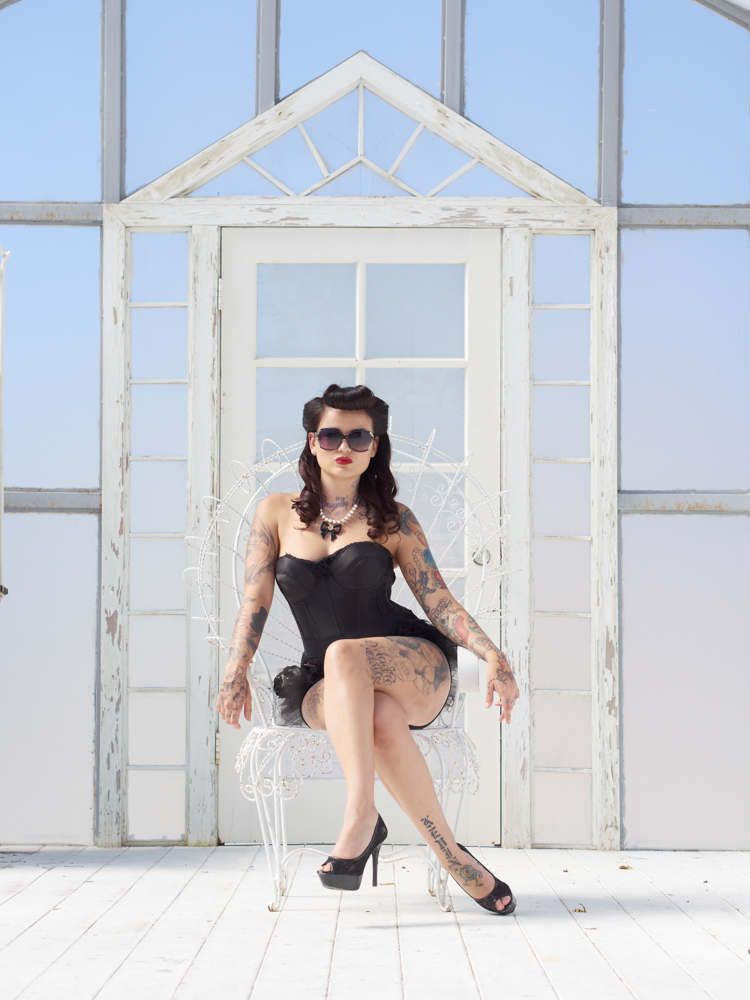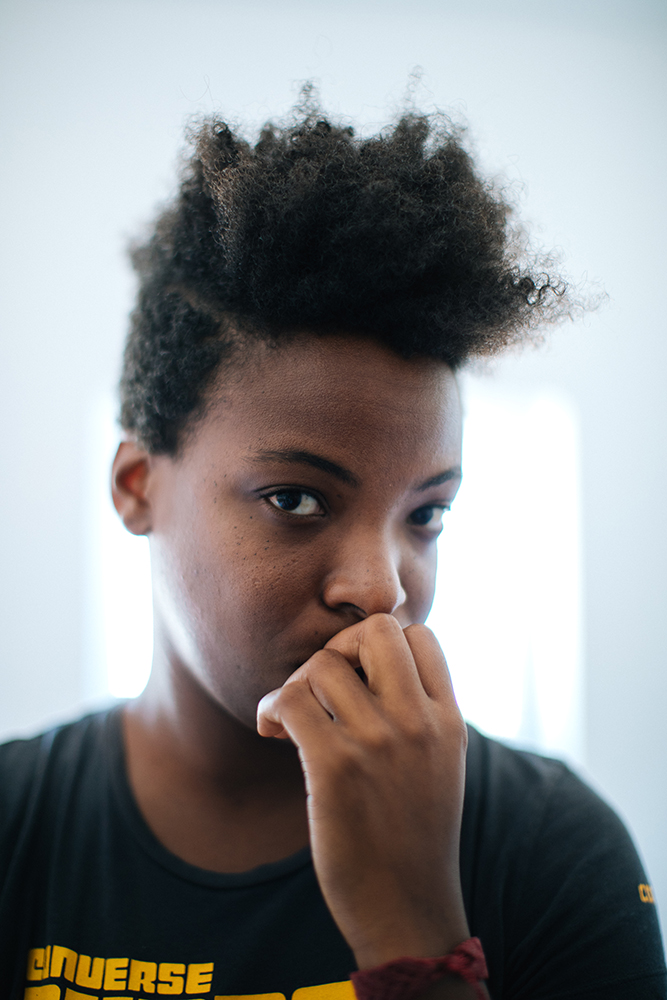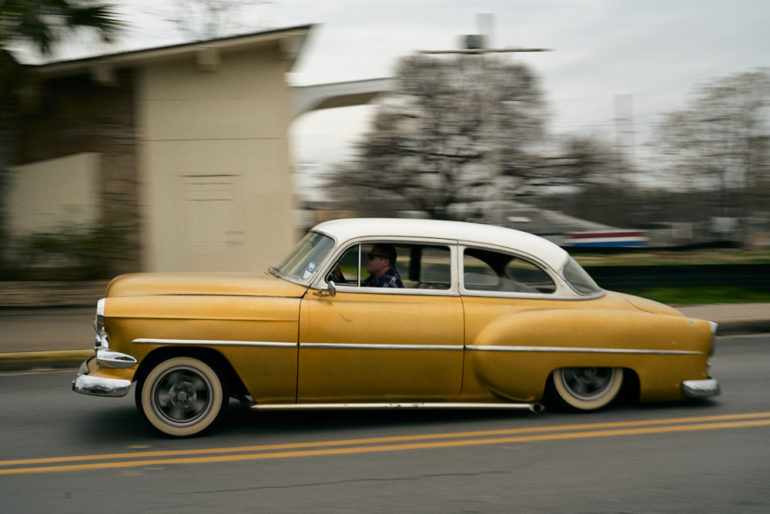Last Updated on 10/10/2018 by Chris Gampat
All images and words by Giulio Sciorio. Used with permission.
The camera has become the paintbrush but unlike a paintbrush to the painter, the camera is a very personal choice for the modern photographer. The number of camera choices for visual artists today is confusing and can slow down creative growth which is what happened to me. It’s important for photographers to buy into a system that has a solid future and one that allows creativity room for growth.
Here’s My Take
https://www.youtube.com/watch?v=j1E45F_6CGw&feature=youtu.be
My adventure into the land of confusion began in 2011 which is when I switched from a Canon 5DMKII to Micro 4/3. The quality was good enough, the small size and stylish design were fresh and overall the experience of using my Olympus cameras were joyful whereas with my DSLRs it was laborious and boring. It was like Canon decided to simply stop taking bold moves with their feature set and play it safe.
The joy of photography was evident in my work and because of that I was commissioned over 100 times which I shot all with Micro 4/3. Olympus took notice and I became a Visionary for a short while but wanting stronger video features I moved to Lumix, eventually becoming one of the original Lumix Luminaries.
For some years I was very happy working with Micro 4/3. Features like IBIS and small size were wonderful, the image quality was good enough but the limited dynamic range was a challenge to deal with in post. When the cameras started to grow in size and in price, I began to look at other tools for my work and in 2017 I walked away from the Micro 4/3 system and my sponsorship with Panasonic.
Right before I switched to Micro 4/3 in 2011 I had the chance to play with the Fuji X-Pro 1. Loved the build quality but the AF was so poor it was nearly unusable for me and the X-Trans raw files were challenging to work with in post. That said, I had been watching the system closely and when I left the Micro 4/3 system I decided to try the Fuji X system again. I went all in with two X Pro 2’s, one X-T2 with booster grip, two sets of primes (23 f/2, 35 f/2, 50 f/2, 23 f/1.4, 35 f/1.5 and 56 1.2 APD) and a SP-2 printer. My main reason in getting the Fuji system was that I wanted to build my street photography portfolio but also have a solid general purpose camera and the latest bodies seemed up to the task. The IQ of the Fuji’s were excellent, especially with Iridient Developer and I loved the handling. Sadly though the AF was still hunting too much for my needs, pro support was not available for X shooters and at the time, HHS TTL support was not widely available. Overall, the Fuji’s felt slightly un-refined for my needs so sadly I they had to go.
“The joy of photography was evident in my work and because of that I was commissioned over 100 times which I shot all with Micro 4/3.”
By this point my head was spinning. Switching systems cost time and money not to mention it’s quite stressful. Learning the basics of a camera should take no longer than a weekend of casual use and a camera should never be a roadblock to creating. I needed something I know and understood, a system that works with everything so I made switched to what made sense for me. I moved back to a DSLR.
As much momentum as mirrorless has, they have a long way to go before the accessories and support match that of a DSLR. It was most important to me that I get a Canon again, get to shooting and let my brain rest. The handling of Canon DSLRs are like putting on that perfect pair of jeans that took years to get just right. Using a Canon was like using an old friend, I could tether to C1 Pro and getting HHS TTL support for my Profoto B2’s was no problem. Everything worked with Canon until I got to shooting video. Shooting with mirrorless for years got me accustomed shooting video with ease and in this regard, even an entry-level Panasonic is better than a $3000 Canon. I had forgotten how crappy the experience and results of shooting video with a Canon is. Damn. Was so close. I could deal with the body size, the older sensor IQ but I can’t have a camera that shoots crappy video. Canon purposely cripples video on their cameras and that’s frustrating to no end. I can’t put my trust and money into a company that is not pushing themselves to innovate. This left me with one last option.
I switched to Sony.
You might have been wondering why I didn’t switch to Sony sooner. Well I did briefly when the A7RII was out. I had that body plus a 24-70 GM and 85 GM and liked it felt just a bit too unbalanced for my needs (tiny body with giant glass) and when it stopped working after a few weeks I freaked out and returned the entire kit. But when I saw the A7RIII announced, I knew that if I could not get the video working how I like it with the 5D MKIV bodies I had, I was going all in with Sony.
“The handling of Canon DSLRs are like putting on that perfect pair of jeans that took years to get just right. Using a Canon was like using an old friend, I could tether to C1 Pro and getting HHS TTL support for my Profoto B2’s was no problem. Everything worked with Canon until I got to shooting video.”
The reality is no camera company is pushing the leading edgy like Sony. In a short period of time, they released some world class lenses, started a pro support system, I get HSS TTL with most all brands of flash, I get a huge discount on C1 Pro, video on Sony is amazing and now with the A7RIII I get good battery life as well. When I want a small camera, I put on my vintage 40mm Leica and when I want to beef it up, I add my 24-70 GM and grip. The still image quality for is simply stunning with loads of dynamic range equaling that of medium format cameras. I shoot video like I shoot photos which means I need reliable AF with loads of dynamic range without the need for a gimbal and I feel I get that with the A7RIII. I also love being able to charge everything over USB. At the end of the night I simply plug my camera in and both batteries in the grip are charged in the morning.

My only suggestions for future versions is refinement to the usability of the menu. There is a learning curve to the Sony A7RIII but it’s not any different than a GH5 or EM1 body but once you get it set up for how you shoot it’s straight forward.
If you are thinking about switching now is the perfect time. The new Sony bodies are just hitting the market and with the new A7III, it’s looking like you can get some incredible performance for about the same price as a pro-level Micro 4/3.
Not since the first 5D and EM1 have enjoyed working with a camera so much. With the A7RIII I feel like I have a body I can grow into and I believe that over time Sony will continue to lead the industry. I don’t feel limited by this tool but most importantly, I can focus on creating.




